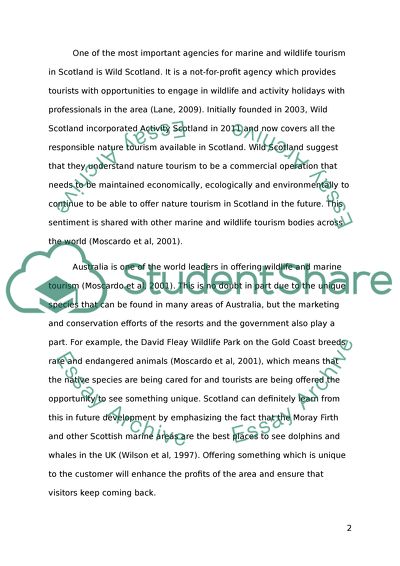Cite this document
(“The Development of Marine And Wildlife Tourism In Scotland Essay”, n.d.)
Retrieved from https://studentshare.org/tourism/1397649-the-development-of-marine-and-wildlife-tourism-in-scotland
Retrieved from https://studentshare.org/tourism/1397649-the-development-of-marine-and-wildlife-tourism-in-scotland
(The Development of Marine And Wildlife Tourism In Scotland Essay)
https://studentshare.org/tourism/1397649-the-development-of-marine-and-wildlife-tourism-in-scotland.
https://studentshare.org/tourism/1397649-the-development-of-marine-and-wildlife-tourism-in-scotland.
“The Development of Marine And Wildlife Tourism In Scotland Essay”, n.d. https://studentshare.org/tourism/1397649-the-development-of-marine-and-wildlife-tourism-in-scotland.


